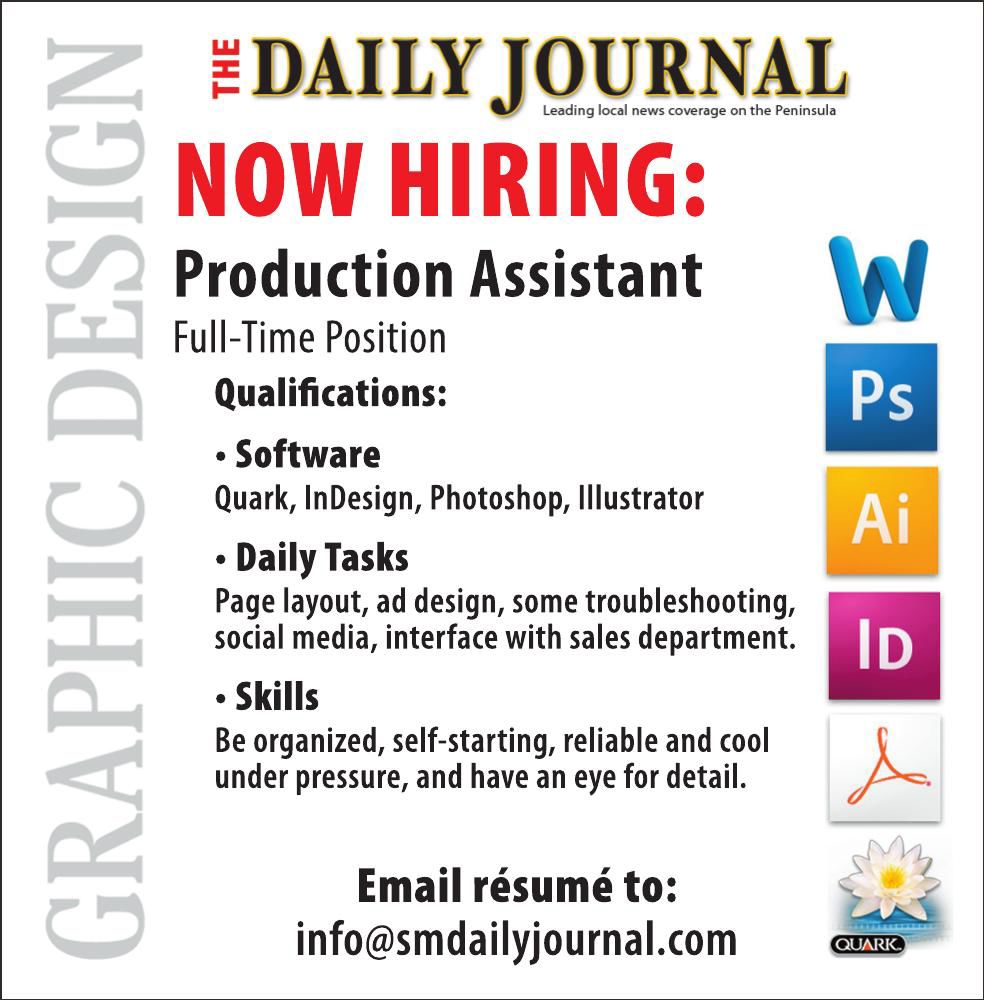
The Unsung Architects of Narrative
We often focus on the actors, directors, and writers when discussing a film’s success, but behind the scenes, a crucial role is played by the video editor. They’re the unsung architects of narrative, meticulously shaping the story’s flow and impact through their careful selection and arrangement of shots. More than just assembling footage, they’re crafting the emotional journey of the audience, one cut at a time.
Beyond Simple Sequencing: The Art of Pacing
A video editor’s job isn’t simply about stitching together scenes chronologically. They are masters of pacing, using the length of shots and the rhythm of cuts to manipulate the viewer’s emotional response. A rapid-fire sequence of short shots can create a sense of urgency and chaos, while longer, more sustained shots can evoke a feeling of calm or contemplation. The editor’s skill lies in understanding the subtle nuances of these pacing techniques and using them effectively to amplify the narrative’s power.

Building Tension and Suspense Through Editing
Suspense and tension are often built not through dialogue or action alone, but through the masterful manipulation of time and perspective. An editor can create anticipation by cutting away from a critical moment just as it’s about to unfold, leaving the audience hanging in anticipation. Alternating between shots of the impending danger and the character’s reactions can amplify the suspense, making the eventual outcome all the more impactful. This deliberate withholding of information is a powerful storytelling tool wielded expertly by skilled editors.
Crafting Character Through Montage and Juxtaposition
Beyond pacing and suspense, video editors play a crucial role in shaping our understanding of characters. Through carefully chosen shots and clever montage sequences, they can reveal a character’s personality, motivations, and emotional arc without a single line of dialogue. Juxtaposing shots of a character in different situations – perhaps showing both their vulnerability and their strength – can create a complex and multifaceted portrayal that resonates deeply with the audience. This subtle artistry elevates the character beyond a simple archetype.
The Power of Continuity and Seamless Transitions
While creative cuts can be impactful, the editor also needs to master the art of seamless transitions. Continuity editing ensures that the flow of the narrative remains unbroken, creating a believable and immersive experience for the viewer. This involves carefully matching action, eye lines, and screen direction across different shots. The seamless nature of well-executed continuity is often unnoticeable, a testament to the editor’s skill in making the invisible visible—or rather, invisible and therefore effective.
Collaboration and the Creative Process
The video editor’s work isn’t done in isolation. They are integral members of the filmmaking team, collaborating closely with the director to achieve a shared creative vision. The director might have a strong idea of the overall story, but it’s the editor who translates that vision into a tangible and emotionally resonant final product. This collaborative process often involves numerous revisions and adjustments, reflecting the iterative nature of filmmaking and the editor’s crucial role in shaping the final narrative.
Beyond the Technical: The Emotional Impact of Editing
Ultimately, the most skilled video editors understand that their work extends beyond the technical aspects of cutting and splicing. They are storytellers who use their craft to evoke emotions, create empathy, and leave a lasting impact on the audience. They are the unseen hand guiding the viewer’s journey, ensuring that the film’s message resonates deeply and powerfully. The emotional impact of a film is often a direct result of the editor’s skillful manipulation of the visual narrative.
The Evolution of Editing Techniques
The tools of the trade have evolved dramatically over the years, from physical film splicing to sophisticated digital editing software. However, the core principles of good editing remain the same: understanding narrative structure, manipulating pacing, and creating an emotionally resonant experience for the viewer. Modern technology provides more possibilities than ever before, but it is the editor’s creative vision and skill that ultimately shapes the final story. Please click here for information about media production jobs.
